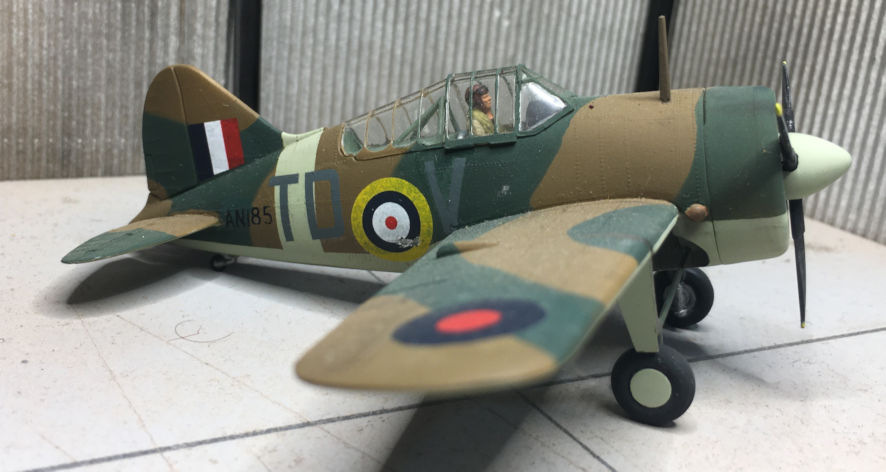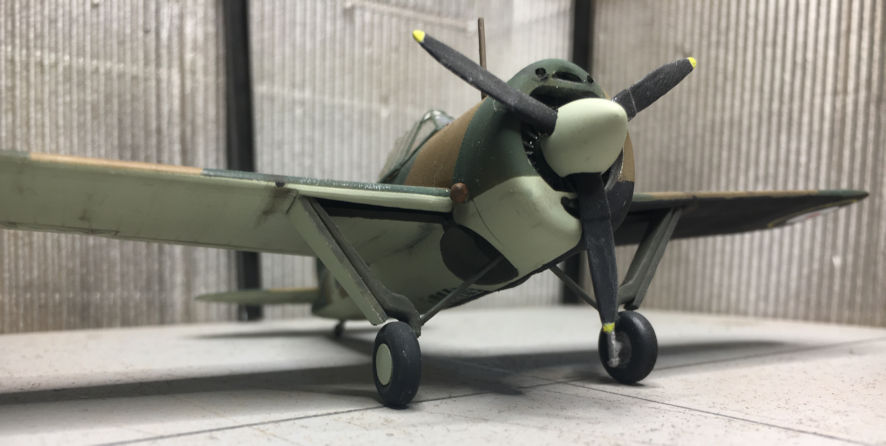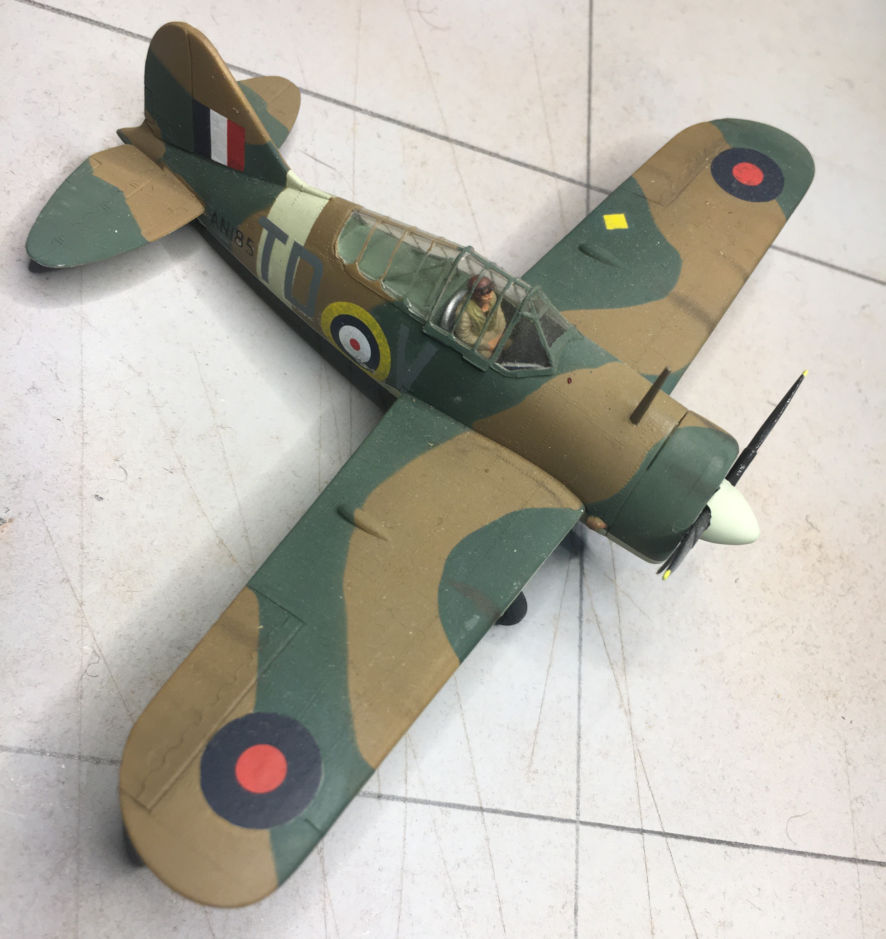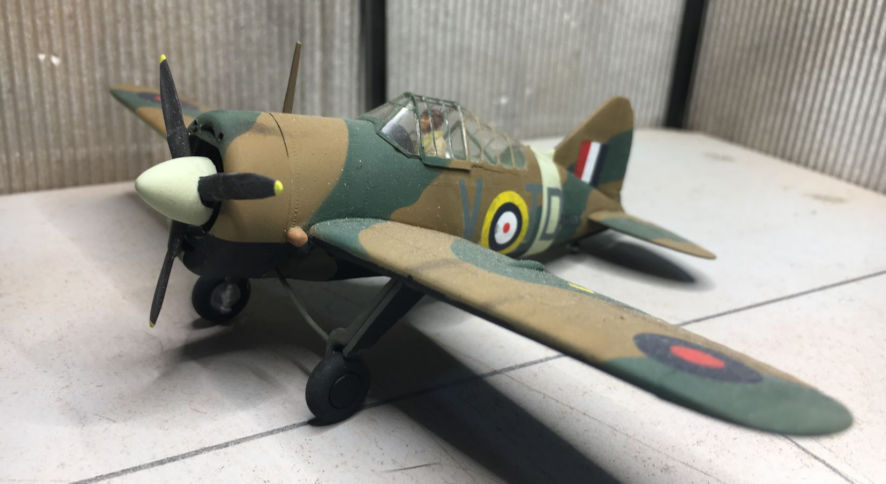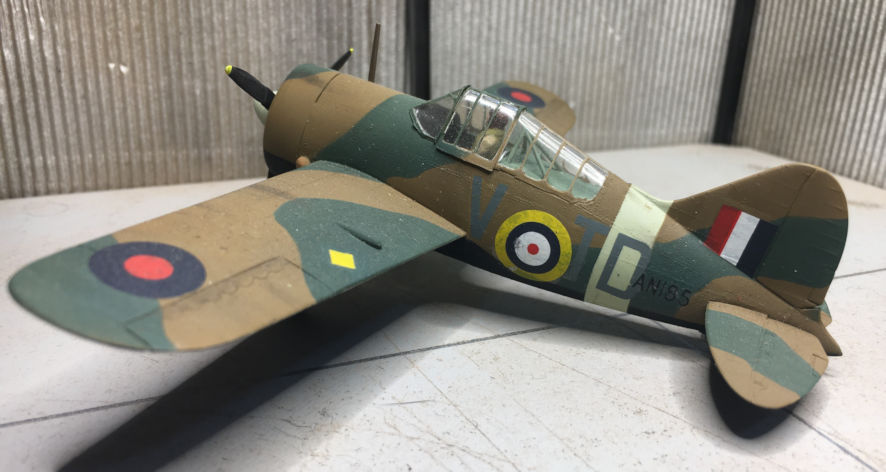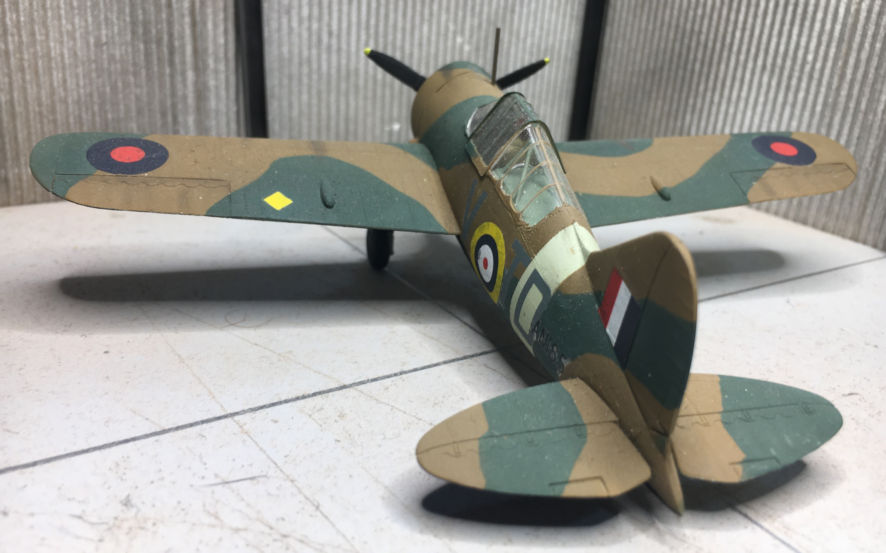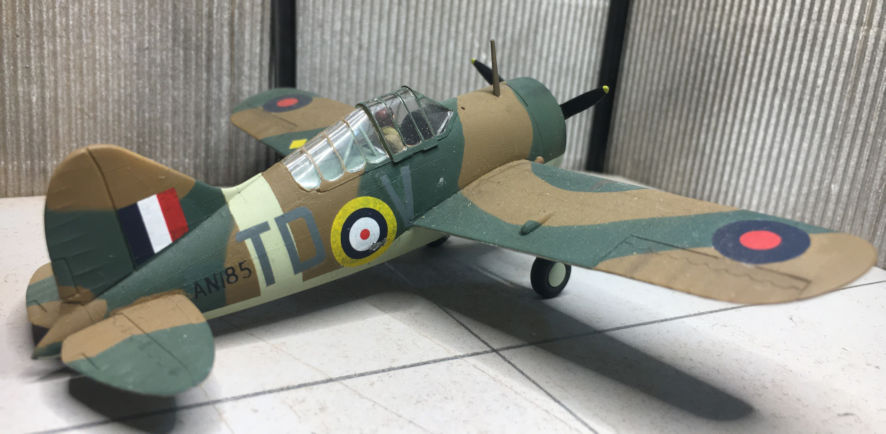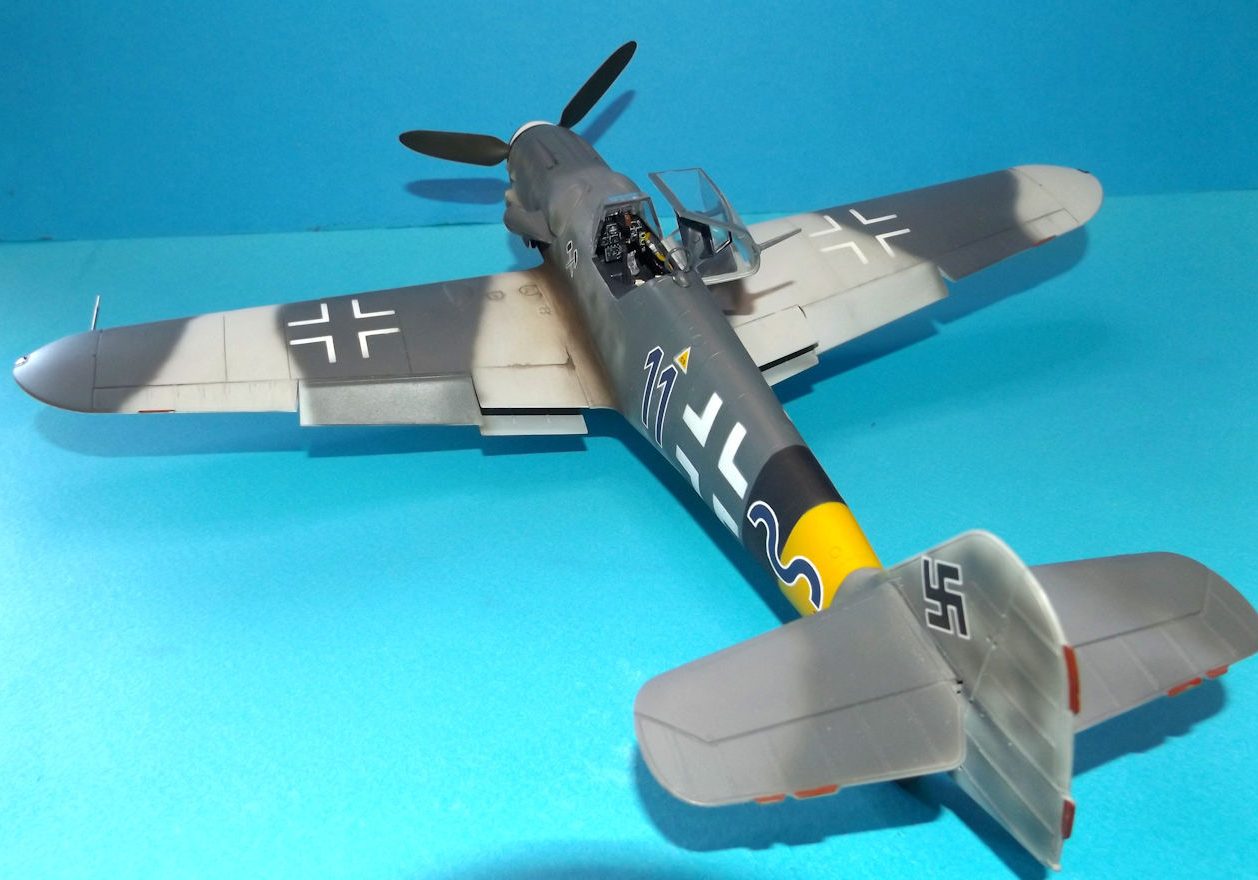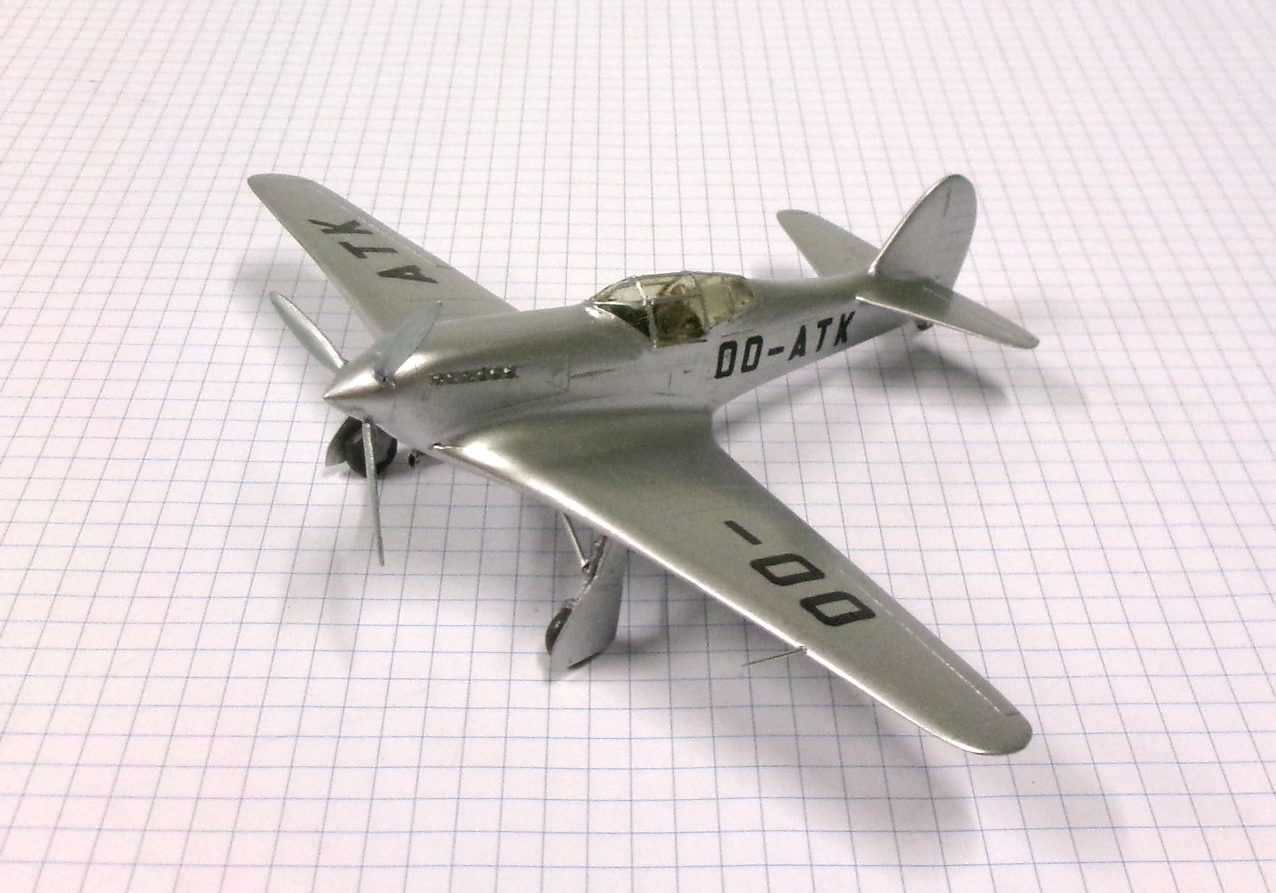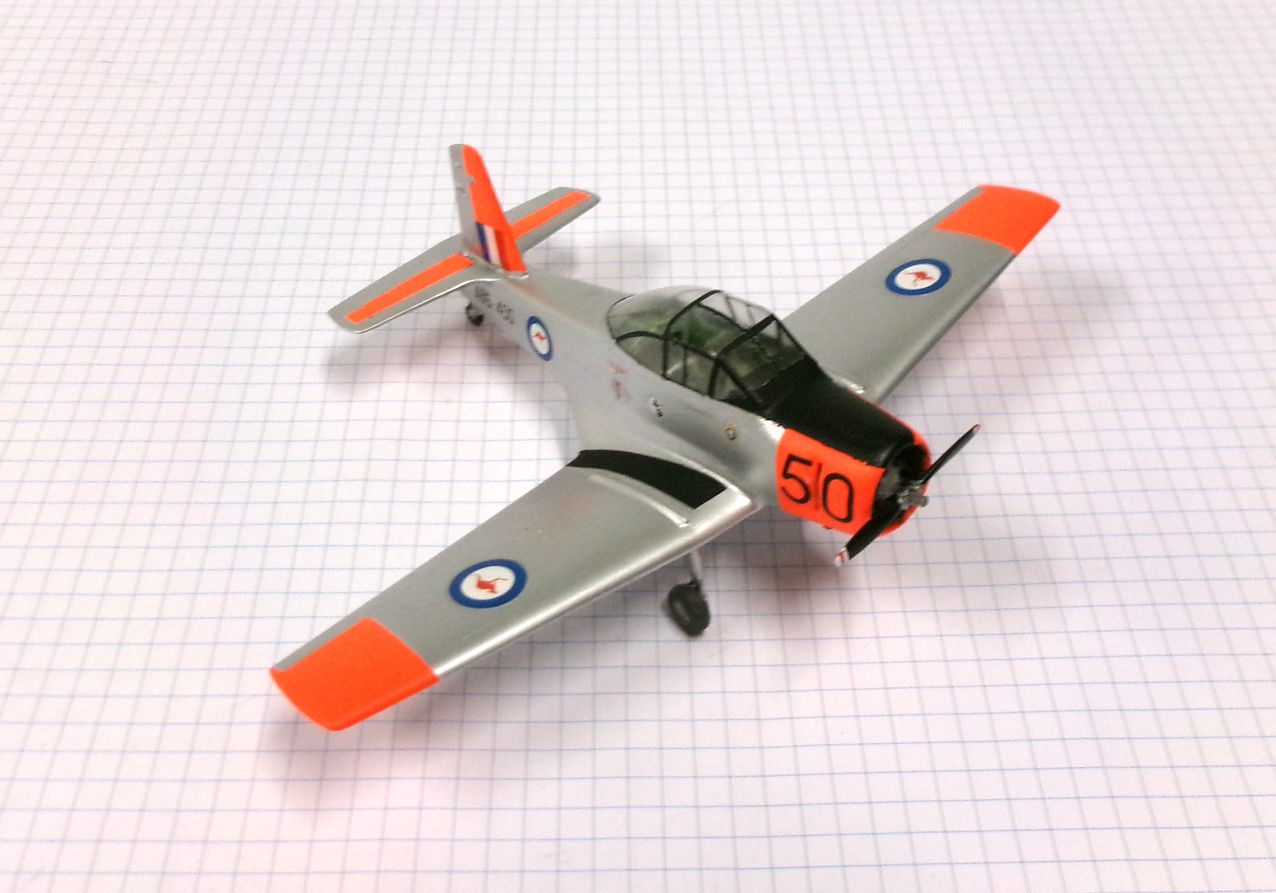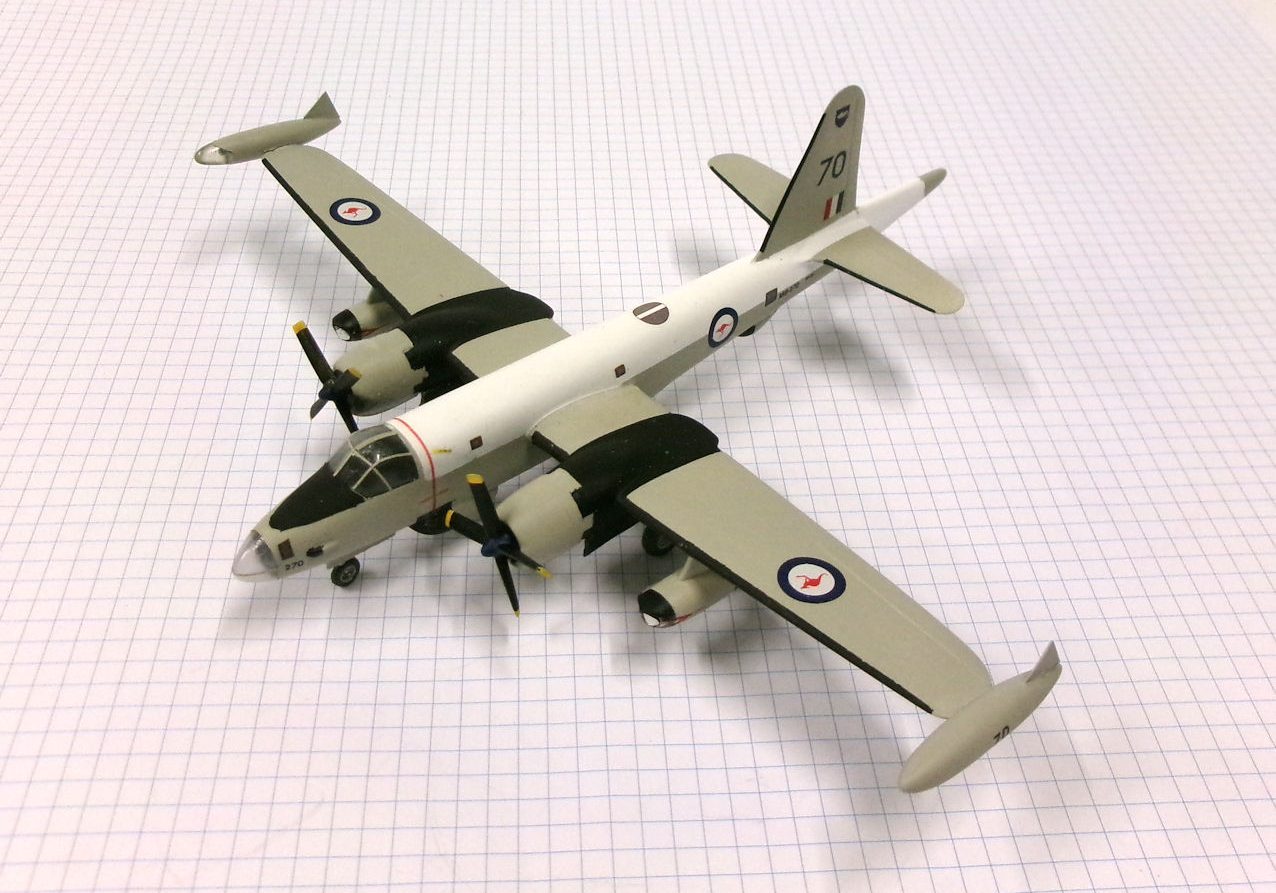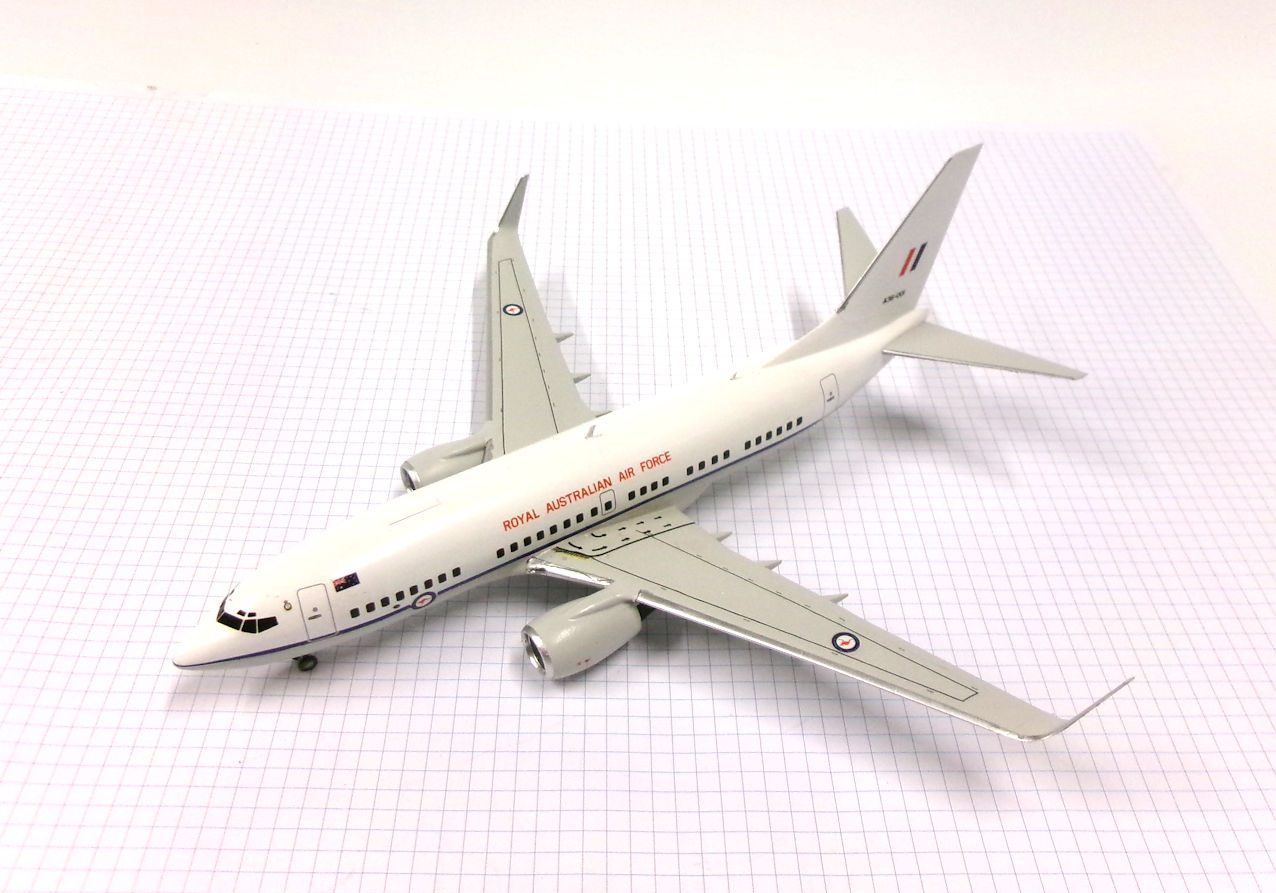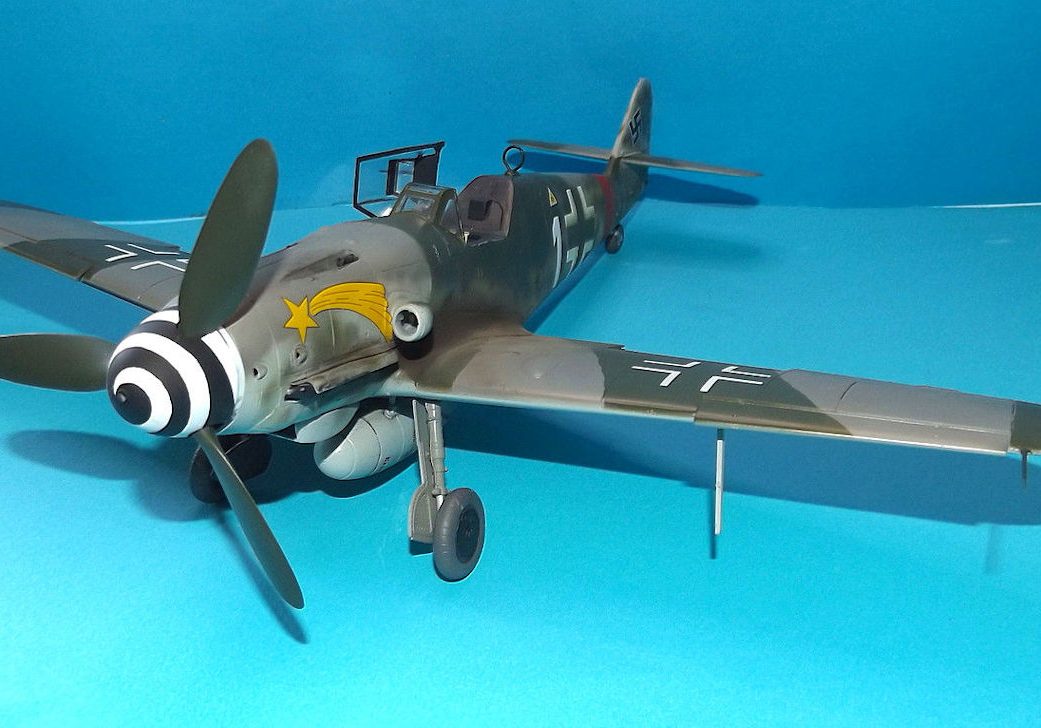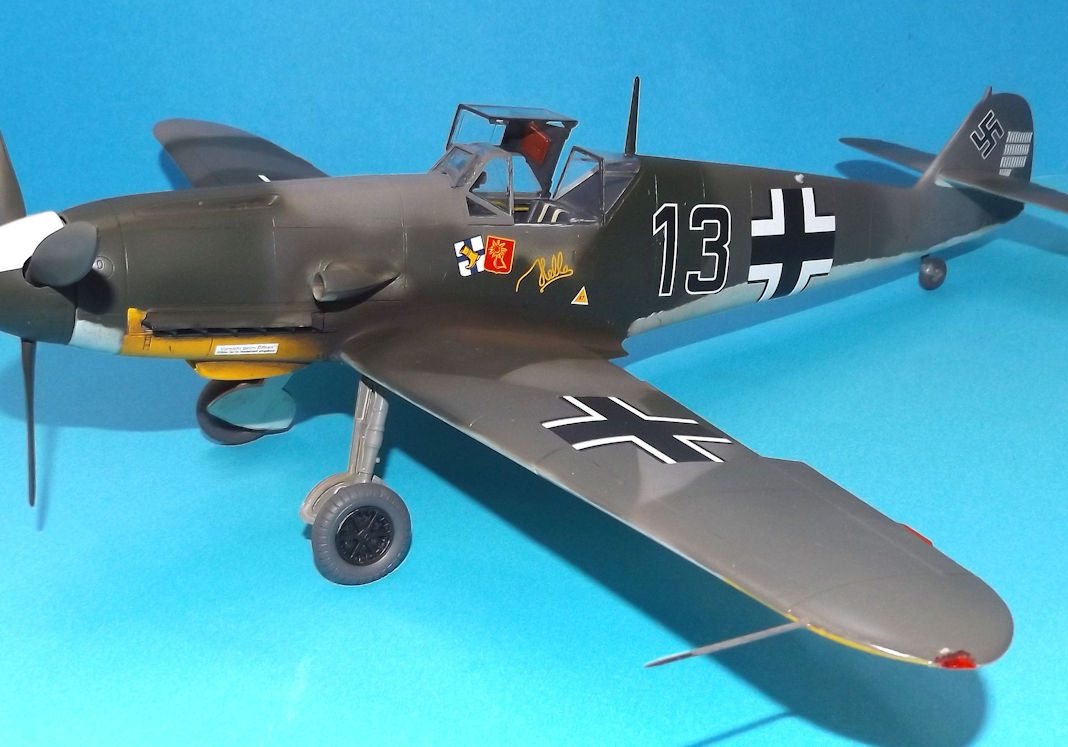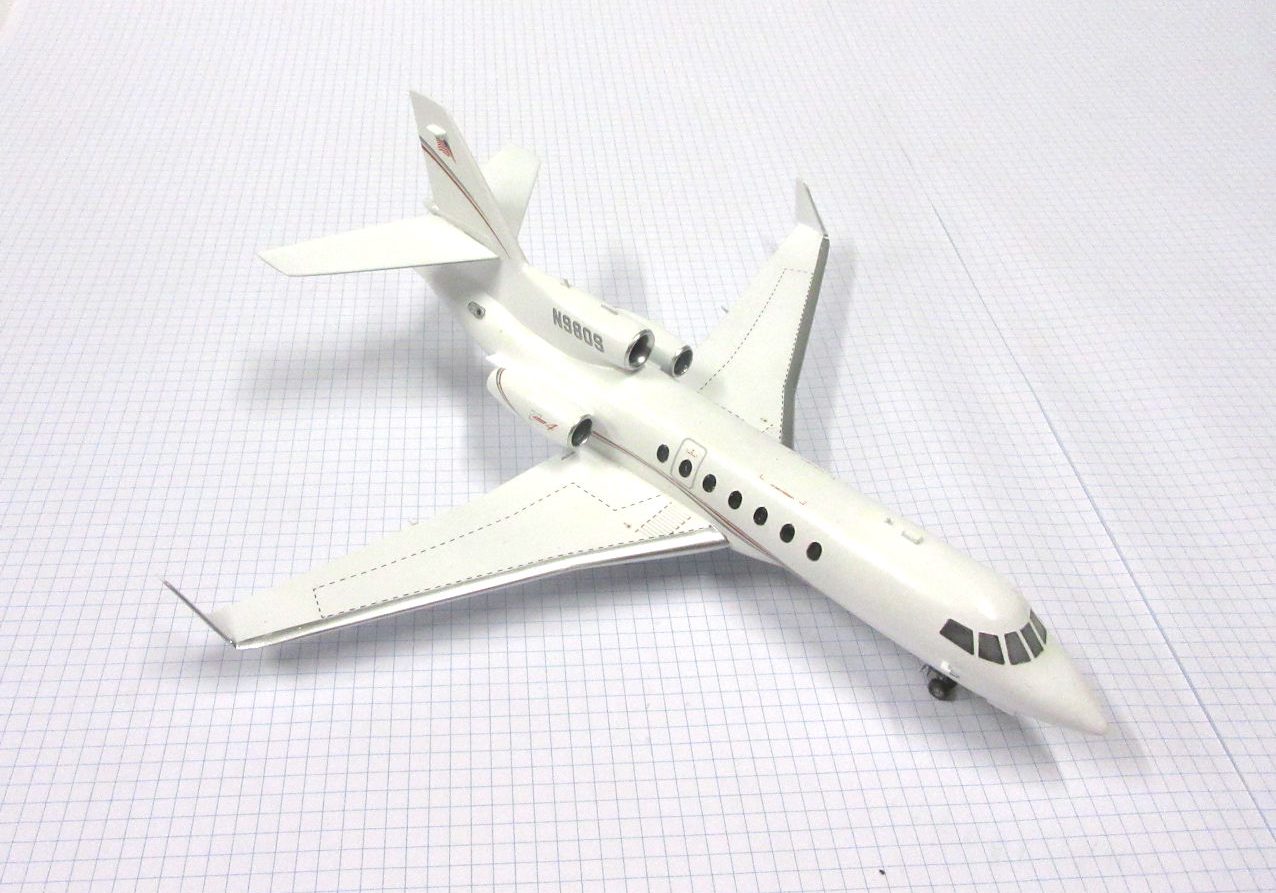History
The Buffalo was designed for a 1935 requirement issued by the US Navy to replace the Grumman F3F biplane.
It first flew in Dec 1937. During competitive testing, the Buffalo was the clear winner against a Navalised Seversky P-35 and a Grumman biplane with a twin-row engine.
The Buffalo became the first US navy monoplane and numerous foreign orders followed. The early versions were well respected for their maneuvering and turning abilities.
Later versions added 900lbs of equipment including radios, pilot armour and self-sealing tanks. In this form the aircraft was seriously under-powered.
Belgium had ordered 40 Buffalos but was overrun before any were delivered. Some of these aircraft were transferred to Britain but were considered unsuitable for combat in Europe. The aircraft were sent to Burma, Malaya and Singapore. Another 169 were ordered by the UK and were also sent to the theatre.
When the Japanese invaded, the Buffalos had some initial successes against bombers and Ki-27 fighters. The arrival of the Ki-43 Oscar and Zeros soon overwhelmed the Buffalos. At the end of the campaign, 120 were known to have been destroyed.
Airfix 1/72 kit completed by Steve Pulbrook in 2016.
